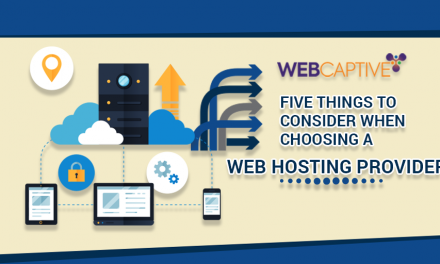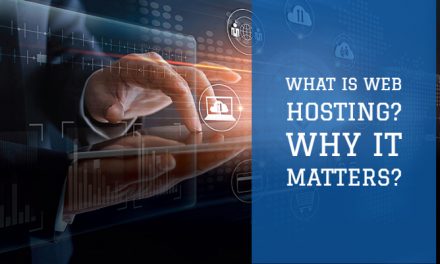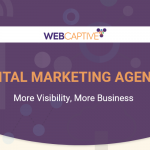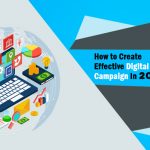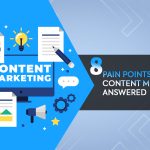“If your Business is not on the Internet, Then your Business will be out of the Business”
– Bill Gates
Digital Marketing ever since coming into the forefront of marketing has been changing in some way or the other over its many years of existence. Digital Marketing has been keeping Digital Marketers on their heels and making them delve deeper into this form of marketing and formulate strategies and champion the technology aspect to gain an edge over their competitors.
In this blog, we will take a bird’s eye view of the entire digital marketing spectrum and predict the changes that are most likely to occur in 2019, so you can formulate your Digital Marketing Strategy accordingly to meet the needs of your business.
The Future of Digital Marketing:
1. Digital Marketing: Utilizing AR and VR to drive phenomenal customer experiences
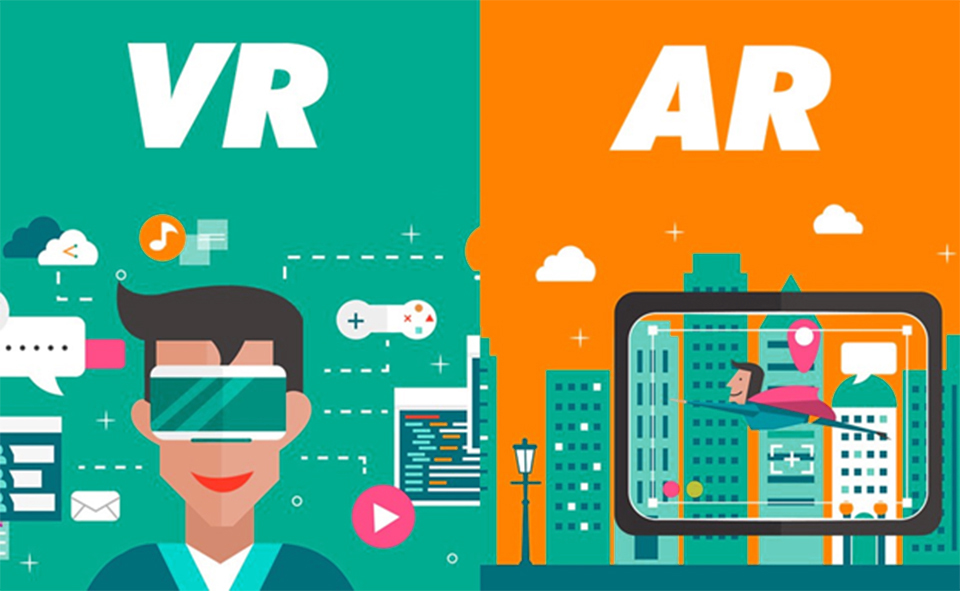
These days’ companies have adapted Digital Marketing and are using mobile cameras to step up their customer experience process. They use modern technologies like AR and VR to improve Digital engagement and to bring the products to life. AR and VR also allow the brands to create immersive experiences to make the customer get digitally hooked on to their product/ service to run a successful Digital Marketing Campaign.
Amazon for example set up Oculus Rift-enabled VR Booths during Prime day where the users could step in and virtually experience almost everything that they wanted to buy online. From Nerf Guns to Bronze Sculptures to a new furniture set, everyone could picture themselves owning the product they so dreamed, and this helped increase the customer experience on a massive scale.
While it is challenging to congregate people at a precise location, it is possible to provide them with an AR-based experience that gives greater reach, flexibility and can all happen through a mobile phone. This Digital marketing strategy was executed inch perfectly by the company StubHub which provided an AR-based view of the city before the Super Bowl. Users who wanted to buy tickets had access to a 3D version of the stadium which showed the proximity of the seat to the online game. It also showed parking lanes, transit lines to make the user feel as if they were actually in the stadium soaking into the super bowl experience – All thanks to the Digital World!
By using AR and VR, companies can provide immersive pre-purchase information to the buyers while also exponentially subtracting the effort the customers should make to obtain it.
2. AI and its effect on Digital Marketing:
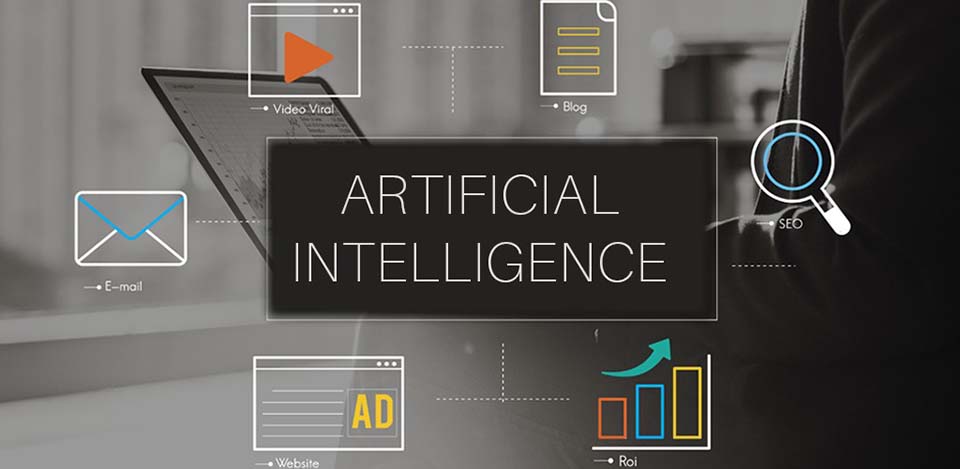
Only a couple of years ago when AI was still in its infancy, Digital marketers everywhere knew the potential of it but were hesitant to implement it in their Digital Marketing campaigns as they thought it might not be right for the business at that point of time.
Since then AI with Digital Marketing has grown in leaps and bounds, and today it is used to personalize content, improve user experience online and the like.
Come 2019, AI is set to acquire a more prominent role in digital marketing through chatbot usage now becoming popular among Digital Marketers with all companies, big and small.
It will be used to create a vivid buying experience that will provide the buyer with various options and detailed product explanations to spark their interest and eventually make them buy that said product.
KLM’s Messenger option uses plugins to enable AI-based chatbots to interact with their customers digitally or online. It allows the travelers to access their travel information from anywhere, including flight bookings, check-in status and updates on their journey. It’s a lucrative situation for both parties where AI takes the role of a customer servicing personnel at a fraction of the price that would be required to pay a person.
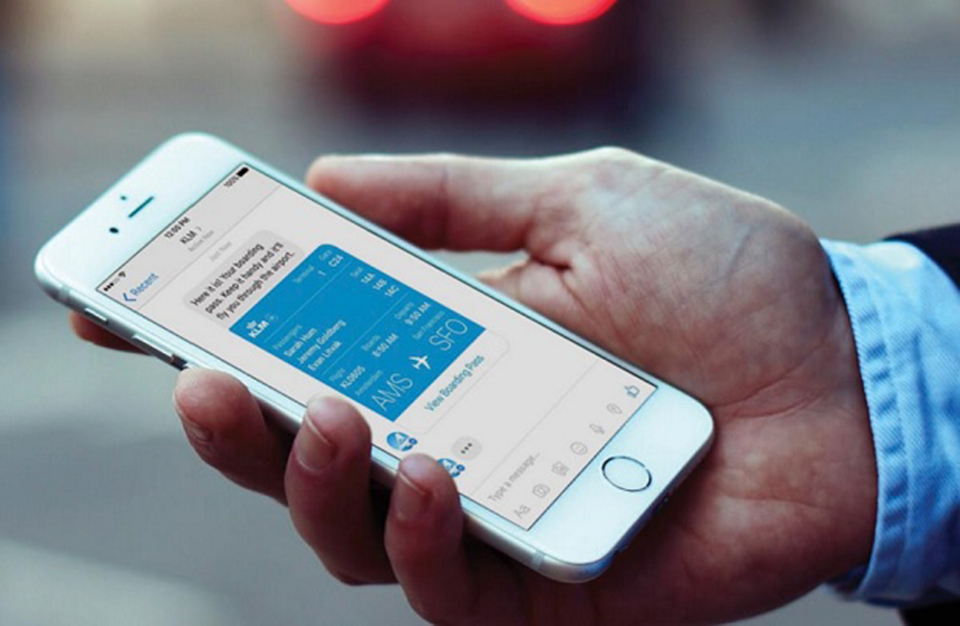
3. Digital Marketing – Beyond just “Text-based search.”
These days Digital search is just not limited to typing out your queries via a keyboard; it has evolved beyond that into voice and visual based searches due to an intense digital marketing competition. Voice-based searches happen mostly from smart speakers which have acquired impressive market penetration in today’s world.
The recent report states that nearly 69% have a smart speaker at home and more than 65% say that it has simplified their lives. Now Digital marketers are trying to one-up each other by providing tailor-made content to meet the needs of the people who consume their content using these smart speakers.
Because voice–based searches are all the rage these days, the bigwigs of technology industry like Amazon, Google, Apple have jumped onto this bandwagon. These companies are also encouraging apps and websites to be built based on their software.
To further prove that voice search is not some fluff concept generated to increase the sales of smart speakers, Domino’s Pizza partnered with Amazon echo to allow their customers to place the orders hands-free.
Voice-based searches make life easier and give the brand a chance to establish a real relationship with their customers. This process also presents a challenge to digital marketers who must find a way to optimize the content for both the device and the person.
Visual search is also continually evolving in digital Marketing, before if you had an image of something and could not tie it to a particular concept you were just stuck with that problem until somebody told you what the picture meant or you figured it out by yourself. Today you can check what the image means and even find text-based information through a “Reverse Image Search.”
Companies like Microsoft and Pinterest have recognized the potential of visual search and are pouring their big bucks into it. Visual search in the future can transform how we search for information online and because it has gained so much traction when it is just beginning, we can honestly say that the best is yet to come.

4. Does Vertical Video drive increased customer engagement?
With people preferring to view all their content on their phone as compared to a desktop, it is no wonder Digital marketers are using mobile video ads to increase engagement. Some savvy Digital Marketers also engage their audience by placing the video in-app or showing it as an ad when users consume similar content on social media.
These days’ people prefer to view their videos in a vertical format, and that is one of the primary reasons why IGTV has come to the forefront. Although IGTV doesn’t have an ads option enabled yet, it is still a platform for brands to create and promote original content. Based on the success of IGTV there will be a difference in how the world sees the vertical video. If IGTV is successful Digital Marketing Strategy then Digital Marketers will need to work upon horizontal and vertical based content for a better reach and connect with their audience.
5.The Internet will supersede television.

With the Internet having all the content one can desire it isn’t uncommon to see the dwindling numbers of television viewers.
A recent report states that a person spends nearly 5 hours of a day being online. In 2019 each person will spend 2.5 hours being online and the remaining 2.5 hours watching mobile videos. This process will cause marketers to reduce their spending on TV ads and pursue Digital Ad and Digital Ad Spending more.
6. Third Party Services Will Integrate Social Media Sign-In Options
Third Party Applications will look to include more social media sign in/ login options. This method also allows companies like Facebook and LinkedIn to provide third-party services in your newsfeed based on our interests. This third party service allows sign up through LinkedIn and Facebook, and data sharing happens easily between our accounts and the services for which we’ve signed up.
7. Live Video will reach greater heights
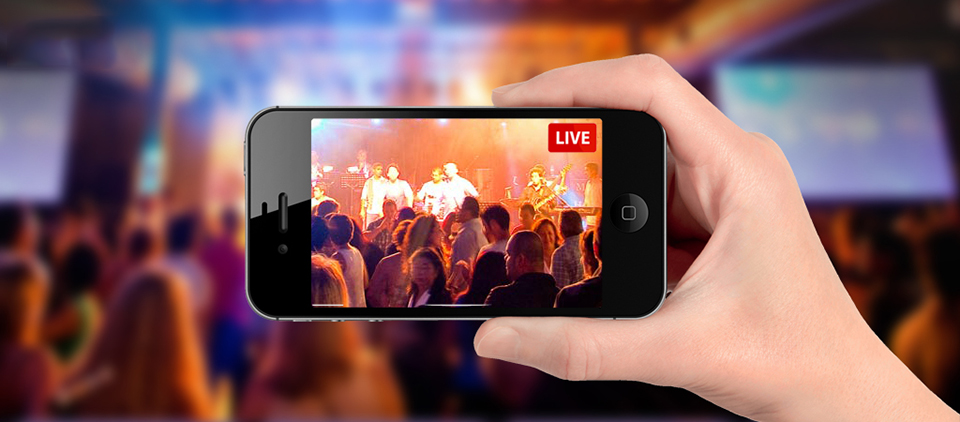
Live Video, when started in 2016, made waves in the social media world. Now companies like YouTube, Facebook, and Instagram allow the broadcast of live videos on their platforms. A report confirms that 80% of internet users saw at least one live stream either from a friend or from a company, this is significantly higher than the numbers obtained from live video streams in 2017.
Don’t let your brand take the backseat in the live video bandwagon. A recent study concluded that 67% of the people are more likely to purchase a ticket to a music festival if they have come across some live streams done by the brand on various social media platforms.
8. Paid and earned media: Digital Marketing
To put it smoothly businesses have got to strike the right balance between paid media and earned media.

Earned Media With Digital Marketing:
Earned Media is the media exposure that you as a person or you as a brand receives through positive word of mouth. This could be the result of your excellent content, your SEO(Search Engine Optimization) efforts, going the distance to retain the customer experience. It can be either one or all the three or a combination of a few among the three. The result of all this traction generated will be the recognition you as a person/ company will receive.
You can earn media by regularly getting mentioned in the press, having positive reviews on your products/ services, through recommendations and other such methods. You can also mark your identity as an Industry expert by providing thought papers to leading industry publications.
Paid Media With Digital Marketing:
In today’s world, there is ad clutter in every corner, and that makes it difficult to promote your message/ content in an organic manner. Paid Media serves as a way to improve your content and drive exposure to your brand/ product. Some paid media techniques can be utilized to increase your owned media and use it to reel in more earned media.
The mentioned points are definitely the next big thing in digital marketing, and these are being and can be adapted by businesses and Digital Marketers to align with what’s needed to take their brand forward, generate more leads and usher in more revenue with Digital Marketing. Also, if I am missing any points above to be mentioned, leave a comment below. I would love to hear from you.



